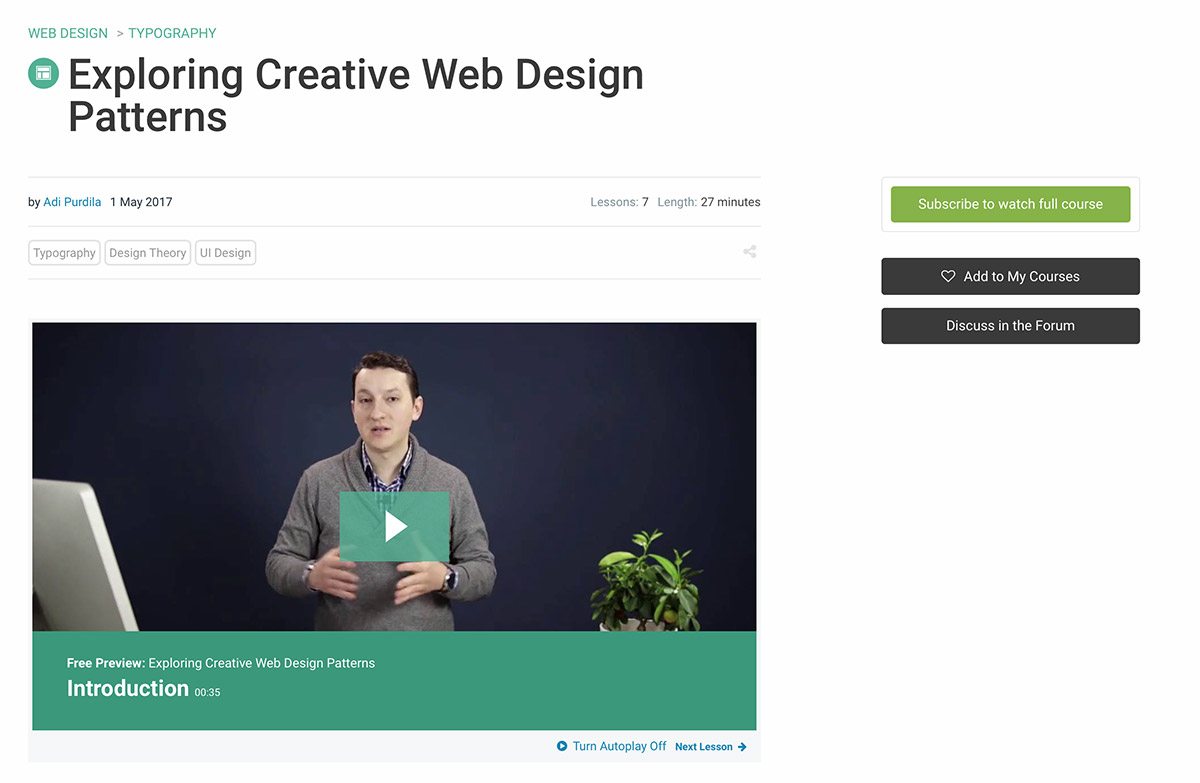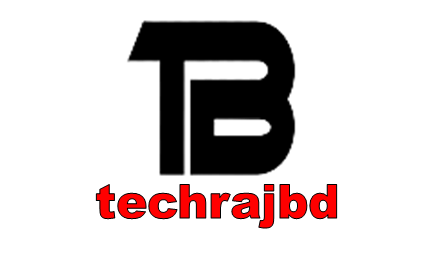5 Ways to Learn Web Design: Which Is Right for You?
 With school you have homework, deadlines, term projects and a
structured schedule. You either keep up or drop out. If you need to
learn a lot of stuff extremely well in a short period of time, there’s
almost no better way to do it than a formal class.
With school you have homework, deadlines, term projects and a
structured schedule. You either keep up or drop out. If you need to
learn a lot of stuff extremely well in a short period of time, there’s
almost no better way to do it than a formal class.
Further, in-person instruction is a rich learning method that gives you the unique ability to ask questions and get help where you need it, often in a one-on-one conversation. This is something that is extremely difficult or nearly impossible to find in the world of free and even premium online education.
The Bottom Line
If you have a decent budget, learn better in a structured environment, perform well under pressure, and value face to face instruction where you can ask lots of questions, school is your best bet.
2. Reading

Written instruction is the spark that lit the fire under web design education. The lowly design blog started as a novel idea and has risen to impressive heights. Even these built on the success of a far older method: books. Once upon a time, when someone wanted to learn something, a trip to the library and/or bookstore, was the first step in the process (not Google).
Reading is a timeless way to learn something, it will simply never go out of style no matter what fancy technology comes along. In a highly literate society it is often the go-to method for self-guided instruction. It’s not the most interactive or exciting way to go about learning something, but it’s often the most effective for several reasons.
Learning Style
Written learning materials are hard to beat from an efficiency perspective. The average person’s reading speed is much faster than the average person’s speaking speed, so you can pack far more education into a shorter time span than with spoken instruction.
For this reason, written instruction often goes far deeper than other methods. Books on web development tend to be massive tomes that are fairly exhaustive and cover every aspect of their topic. Even a fairly long video series on the same topic likely won’t cover a tenth of the material.
“Written learning materials are hard to beat from an efficiency perspective.”
Even if you don’t want to read a massive, all-inclusive book on a subject, reading is often still the method to beat. Design blogs like the one you’re reading now provide daily, bite-sized learning opportunities that can guide you through every step of your career, from writing your first line of HTML to keeping your advanced skill set fresh and relevant.
The downside of reading is that it can get boring if you’re the type of person who tends to favor multimedia. An even bigger hurdle is obviously your level of reading comprehension. You need not be embarrassed, the simple truth is that lots of people simply don’t absorb and retain information well through reading. If you’ve never read an entire blog post (including this one) without skimming and find yourself sleeping in a book more than turning its pages, reading might not be the way to go!
The Bottom Line
Reading-based instructional materials are perfect if you have a high level of reading comprehension and retention. The options here fall on both extremes of the time spectrum: reading can provide you with both the shortest, quickest instruction possible and the longest, deepest learning sessions that you could possibly want. Reading is also hands down the most popular method used for free instruction, so if your budget is nonexistent, blogs and other online resources are the way to go.
Reading is for the masses, but don’t mistake that statement as an implication that there’s something wrong with you if this isn’t the best way for you to learn. Don’t waste your time at the library if big books intimidate or bore you, instead search for a learning method that makes use of your interest in richer methods of communication.
Resources To Check Out
A Book Apart
One of the highest regarded publishers of books for web professionals, A Book Apart create highly detailed and meticulously edited examinations of single topics. They’re brief, don’t take too much effort to dive into, and cover HTML5, CSS3, content strategy, responsive web design, and more.
Smashing Library
The Smashing Library is a great collection of books created by Smashing Magazine, and other authors, covering an array of different web design topics. Fun, friendly, and approachable is the name of the game here.
3. Video Instruction

Instructional videos have been around for nearly as long as video cameras. The concept is nothing new and the effectiveness has been proven over several decades. If you need proof, consider that most of us would never dream of buying and reading through a science book but as soon as a science channel pops up on our TV, we’re enthralled for hours on end.
Video based instruction in the web development community certainly isn’t new either, but serious, in-depth and high quality video instruction definitely hasn’t hit anywhere near the level of saturation of written design blogs. This is because video learning materials are incredibly resource-intensive to produce. The equipment, knowledge, software and time necessary to create a valuable product all serve as a high barrier to entry for anyone looking to enter this market.
For this reason, the products that do exist tend to be quite pricy. The currently popular method is to sell a subscription on a monthly or yearly basis. You pay a certain fee every month and in turn are granted access to a large body of video content. It’s like Netflix for web education
Like
and share this article, please.
Like
our Facebook Page
for new posts.










কোন মন্তব্য নেই